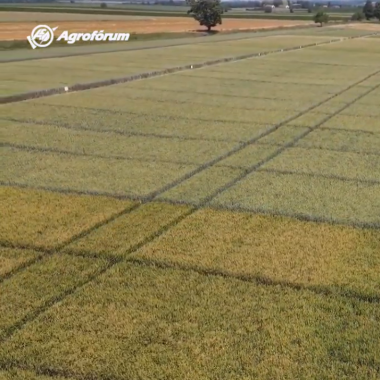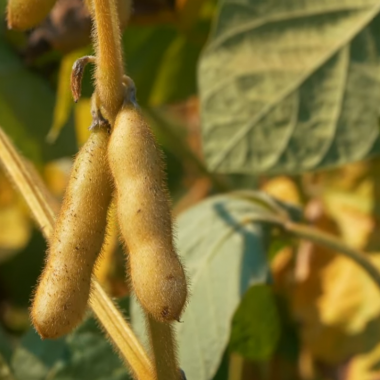soil and pre-crop
Soil: Triticale may be grown on various soils, from well cultivated sands to deep chernozem. It is usually grown in areas that are less preferred by wheat or where wheat cannot be grown at all. In such areas, its yield is comparable to that of wheat and its production is just as profitable.
Pre-crop: In an ideal case, the pre-crop is harvested early leaving sufficient time for preparing the seedbed. Legumes (sweet clover, purple clover, pea, bean, soybean), rapeseed, poppy, sweet corn) are considered good pre-crops, whereas early maize, green maize and sunflower are less favoured. Triticale may be grown without rotation for 2 years.
TILLAGE
Triticale may be grown without turning the soil. Tillage should aim at preserving the moisture content of the soil as well as maintaining normal cultivating conditions and controlling weeds.
Seedbed preparation: Triticale needs a quality seedbed, with compacted, finely crumbled and well settled soil, as gemination is impaired in too loose soil with large gaps around the seeds.
sowing
Sowing time: Triticale is sown before wheat. The optimum sowing date is between 20 September and 10 October. If sown late, there will be missing plants and the overwintering capacity of the stand will decrease.
Seeding rate: the recommended seeding rate is 3.8-4.5 million seeds/ha which may be increased when triticale is sown late.
fertilisation
The fertilisation of triticale is based on the nutrient requirements of wheat and rye. In general, triticale has lower nutrient requirements than wheat. In unfavourable areas, the fertiliser rate used for rye is recommended. In medium or better areas, the amounts calculated for wheat should apply. The specific nutrient requirements of triticale per tonne of grain yield and the corresponding stalk and root mass are: N: 20-25 kg, P2O5: 11-14 kg, K2O: 18-24 kg. It is important to establish the nitrogen dose accurately, because excessive nitrogen may cause lodging.
crop protection
Weed control: Triticale is a stronger competitor than wheat, therefore, weed control should rather be considered in sparse stands. The herbicides described for wheat may be used for triticale, too.
Pest and pathogen control: The control of fungal diseases and animal pests in triticale is rarely necessary. The most important diseases are powdery mildew and Fusarium. During heading and flowering, fungicide control should be considered, if necessary, with special regard to cereal leaf beetles and aphids.
harvest
Triticale matures after wheat and rye. Harvesting starts at the beginning of the full maturity stage, when the moisture content of grains is around 14-15%. Triticale is more difficult to thresh than wheat. You must not allow it to overripe, because too mature grains will easily break when threshed.


